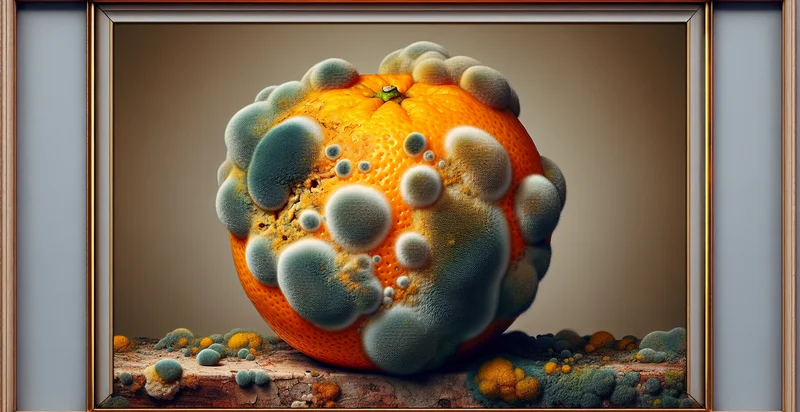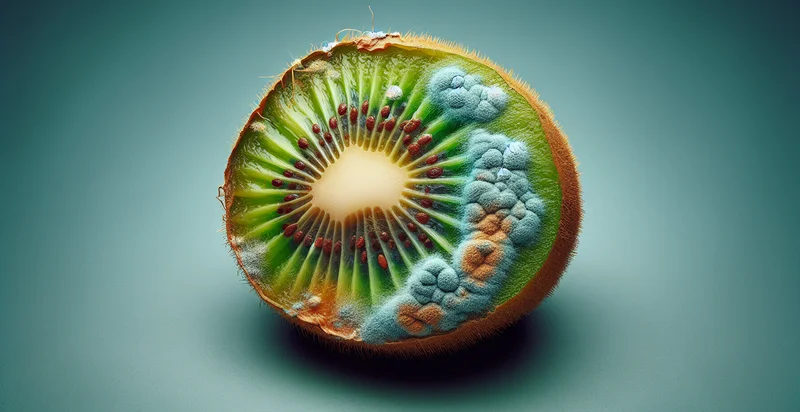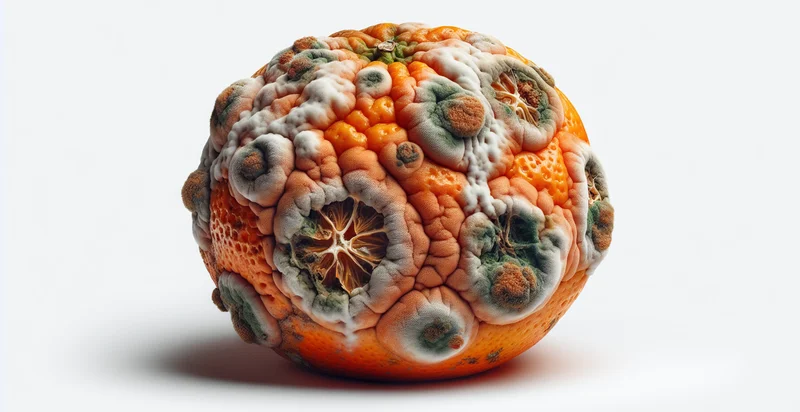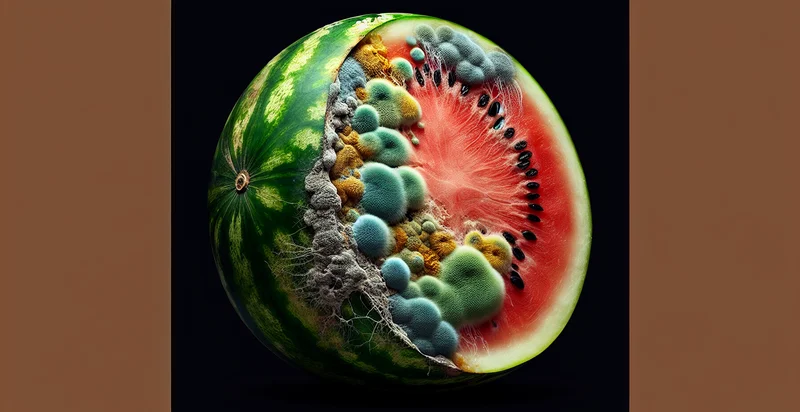Identify if orange is moldy
using AI
Below is a free classifier to identify if orange is moldy. Just upload your image, and our AI will predict if the orange is moldy - in just seconds.

Contact us for API access
Or, use Nyckel to build highly-accurate custom classifiers in just minutes. No PhD required.
Get started
import nyckel
credentials = nyckel.Credentials("YOUR_CLIENT_ID", "YOUR_CLIENT_SECRET")
nyckel.invoke("if-orange-is-moldy", "your_image_url", credentials)
fetch('https://www.nyckel.com/v1/functions/if-orange-is-moldy/invoke', {
method: 'POST',
headers: {
'Authorization': 'Bearer ' + 'YOUR_BEARER_TOKEN',
'Content-Type': 'application/json',
},
body: JSON.stringify(
{"data": "your_image_url"}
)
})
.then(response => response.json())
.then(data => console.log(data));
curl -X POST \
-H "Content-Type: application/json" \
-H "Authorization: Bearer YOUR_BEARER_TOKEN" \
-d '{"data": "your_image_url"}' \
https://www.nyckel.com/v1/functions/if-orange-is-moldy/invoke
How this classifier works
To start, upload your image. Our AI tool will then predict if the orange is moldy.
This pretrained image model uses a Nyckel-created dataset and has 2 labels, including Fresh Orange and Moldy Orange.
We'll also show a confidence score (the higher the number, the more confident the AI model is around if the orange is moldy).
Whether you're just curious or building if orange is moldy detection into your application, we hope our classifier proves helpful.
Related Classifiers
Need to identify if orange is moldy at scale?
Get API or Zapier access to this classifier for free. It's perfect for:
- Quality Control in Agriculture: This use case involves the use of the mold identification function in agricultural settings to ensure the quality of oranges before they are harvested or sold. By integrating this technology, farmers can quickly identify moldy fruit, minimizing contamination and waste, and ensuring only high-quality produce reaches consumers.
- Grocery Store Inventory Management: Grocery stores can deploy the mold detection feature to assess the freshness of their orange inventory. By automatically scanning oranges for mold, stores can promptly remove affected items from shelves, reducing food waste and maintaining customer satisfaction with fresh produce.
- Supply Chain Optimization: In the supply chain of fruit distributors, this function can be utilized during transit and storage. By monitoring the condition of oranges in real-time, distributors can make informed decisions on shipping and storage practices to prevent mold growth and keep fruit fresh.
- Food Safety Compliance: Restaurants and food service providers can leverage this mold detection technology to enhance food safety protocols. Regular checks for moldy oranges can help ensure compliance with health regulations, protecting businesses from penalties and enhancing customer trust.
- Home Smart Appliances: Smart kitchen appliances can integrate the mold detection function to notify users about the condition of their oranges. By providing timely alerts, these devices can help households minimize food waste and make better choices regarding fruit consumption and storage.
- Research and Development in Food Technology: Food scientists can use this identification function in experimental settings to study the conditions leading to mold growth on oranges. This knowledge can inform the development of mold-resistant fruit varieties or better preservation techniques.
- Environmental Monitoring: The mold identification technology can be adapted for environmental monitoring systems to identify mold growth in orchards and impacted areas. This use case can provide valuable data for agricultural researchers and policymakers to develop strategies for disease management and prevention in crops.


